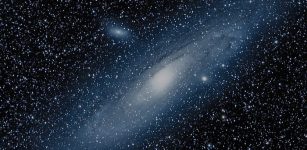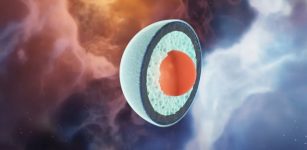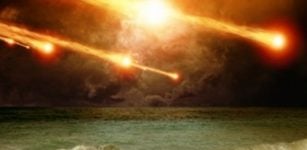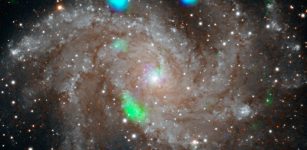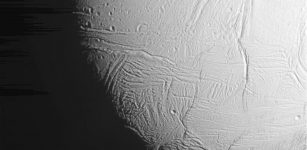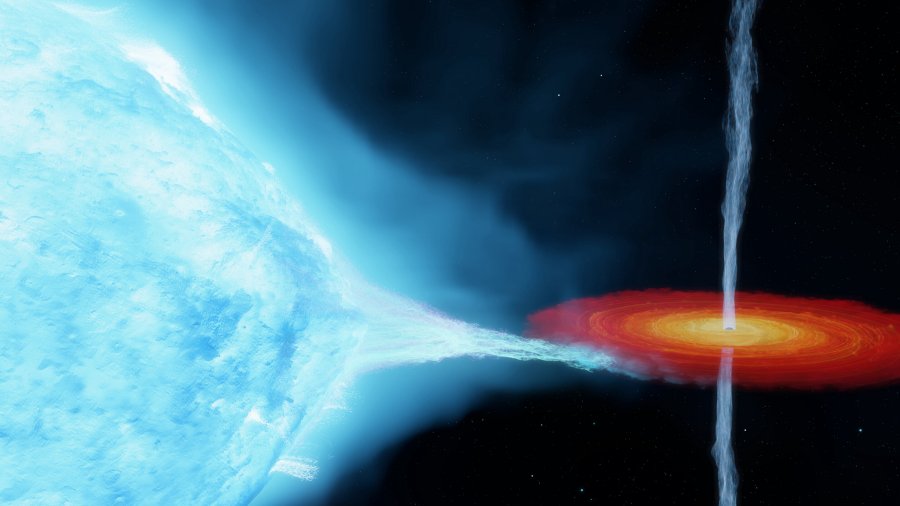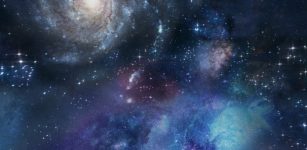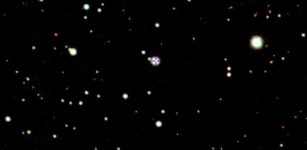Hyperion: Gigantic Structure Discovered In Early Universe Just 2 Billion Years After The Big Bang
MessageToEagle.com – Largest galaxy proto-supercluster has been discovered in the early universe, just 2 billion years after the Big Bang by an international team of astronomers using the VIMOS instrument on ESO’s Very Large Telescope in Paranal, Chile
This galaxy proto-supercluster, nicknamed Hyperion, is the largest and most massive structure yet found at such a remote time and distance. It has a calculated mass more than 1 million billion times that of the sun.
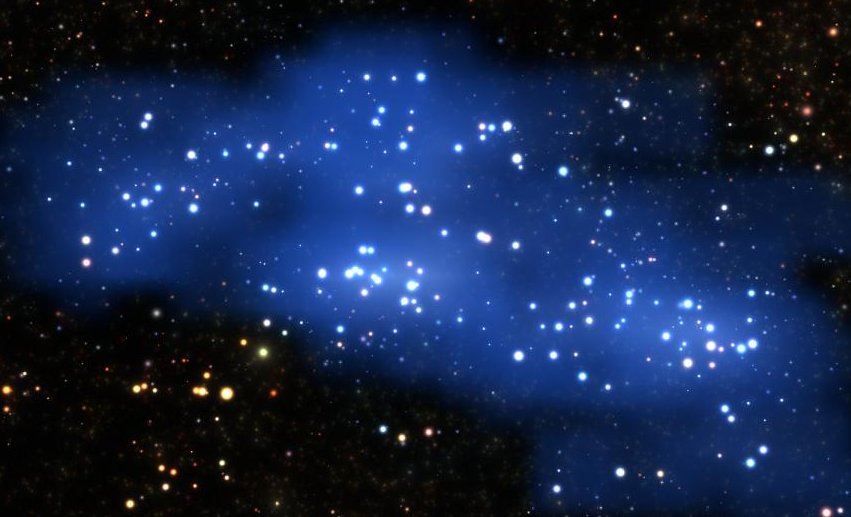
Galaxy supercluster Hyperion – the largest and most massive structure yet found at such a remote time and distance, merely 2 billion years after the Big Bang – has been discoverd in the early universe. Credit: ESO/Luis Calçada and Olga Cucciati
“This is the first time that such a large structure has been identified at such a high redshift, just over 2 billion years after the Big Bang,” Olga Cucciati of Istituto Nazionale di Astrofisica (INAF) Bologna, Italy said in a press release.
“Normally these kinds of structures are known at lower redshifts, which means when the universe has had much more time to evolve and construct such huge things. It was a surprise to see something this evolved when the universe was relatively young.”
See also:
Boss Great Wall: Gigantic Wall Of Galaxies Located In Deep Space
Supercluster mapped in three dimensions and the researchers found that Hyperion has a very complex structure, containing at least seven high-density regions connected by filaments of galaxies, and its size is comparable to superclusters closer to Earth, though it has a very different structure.
“Superclusters closer to Earth tend to a much more concentrated distribution of mass with clear structural features,” project scientist Brian Lemaux in the Department of Physics, College of Letters and Science at the University of California, Davis said.
“But in Hyperion, the mass is distributed much more uniformly in a series of connected blobs, populated by loose associations of galaxies.”
Hyperion differs from other less distant superclusters, which have had billions of years for gravity to gather matter together into denser regions. This process took far less time in the much younger Hyperion.
Given its size so early in the history of the universe, Hyperion is expected to evolve into something similar to the immense structures in the local universe such as the superclusters making up the Sloan Great Wall or the Virgo Supercluster that contains our own galaxy, the Milky Way.
Paper
MessageToEagle.com

